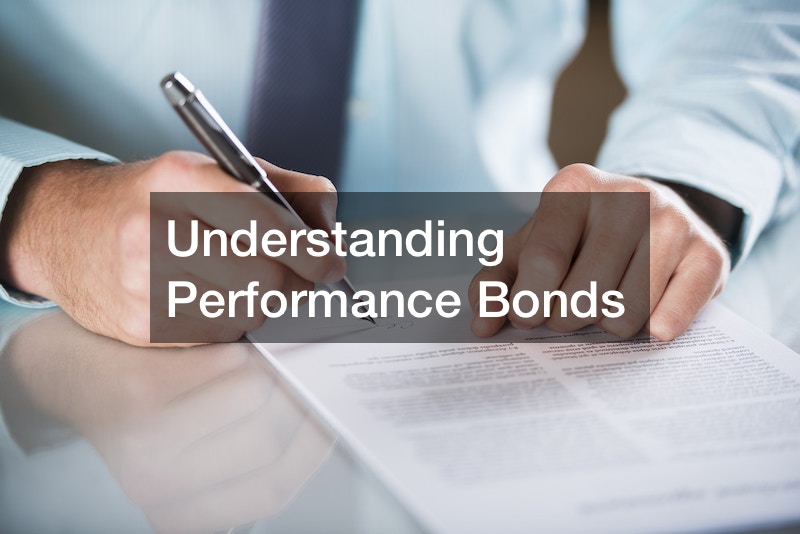
When engaging in construction projects, the term “{ performance bond}” often arises, becoming a critical element, especially in federally funded endeavors exceeding $150,000. This article aims to provide a comprehensive understanding of performance bonds, shedding light on their significance and the essential information contractors and stakeholders should be aware of.
A performance bond serves as a crucial three-party guarantee, involving the surety (bond company), obligee (beneficiary, such as an owner or upstream contractor), and principal (contractor providing the bond). The primary objective is to ensure that the contractor completes the project in accordance with the contract and bond form.
In the realm of performance bonds, the amount is typically set at 100% of the contract value, offering financial assurance for successful project completion.
For contracts under $500,000, obtaining a performance bond is relatively straightforward, often requiring a one-page application and a credit check. However, larger or more complex projects necessitate a comprehensive underwriting process, known as the three Cs, to assess the contractor’s capability thoroughly.
Despite being a vital risk mitigation tool, performance bond claims are infrequent but can have severe consequences for contractors, potentially jeopardizing their business operations. It is crucial for contractors and obligees alike to scrutinize performance bond companies, ensuring they are listed on the US Treasury Department’s 570 Circular and possess a credible rating, preferably A minus or better on platforms like AM Best. Additionally, caution is advised against engaging with individual sureties due to the prevailing risk of fraud.
.




